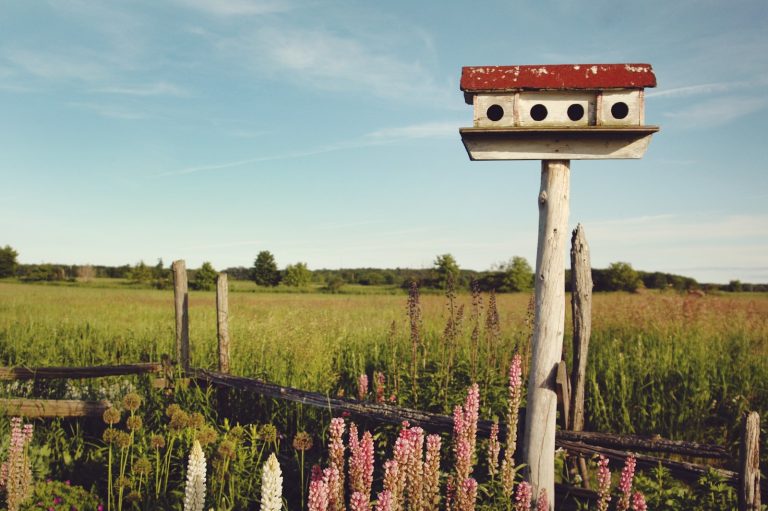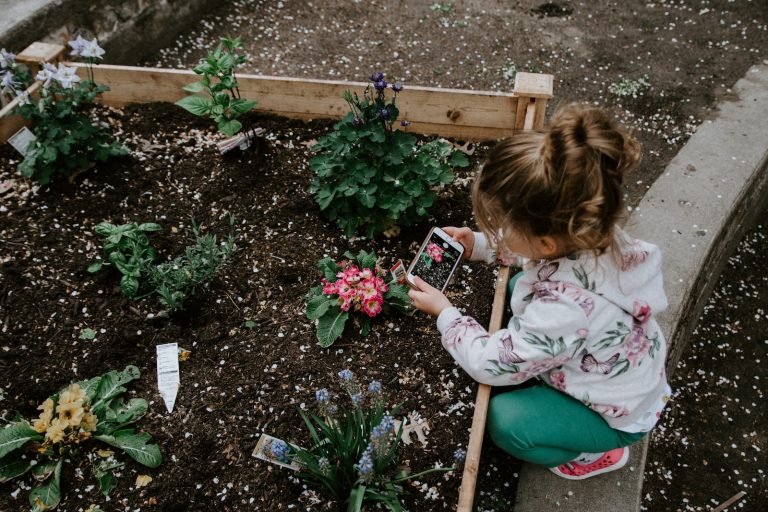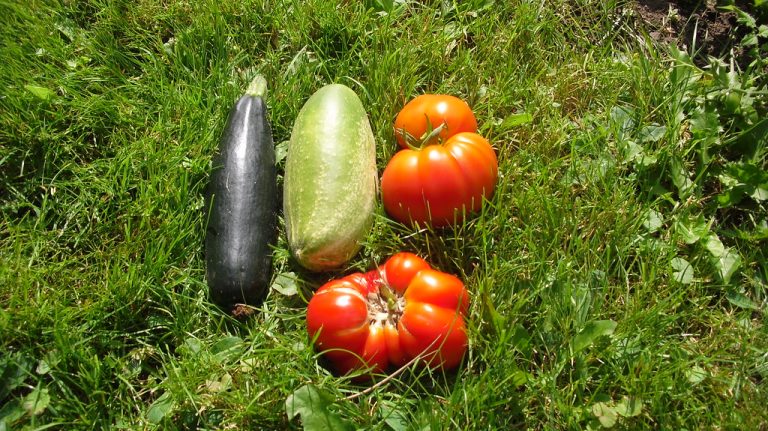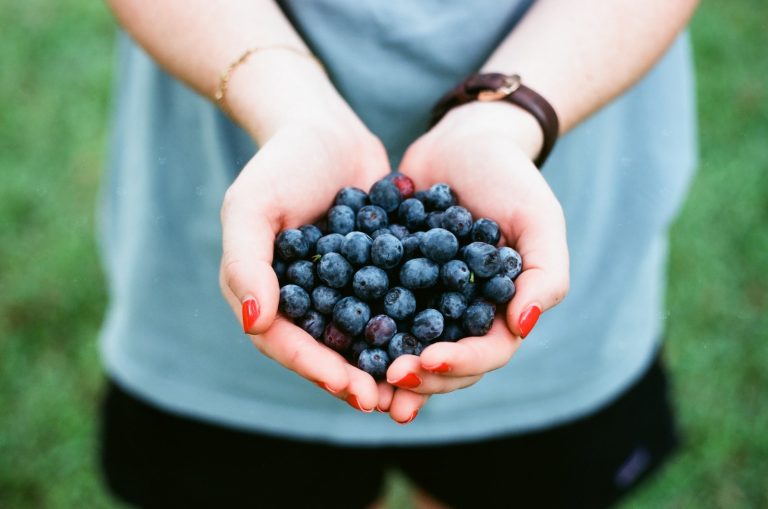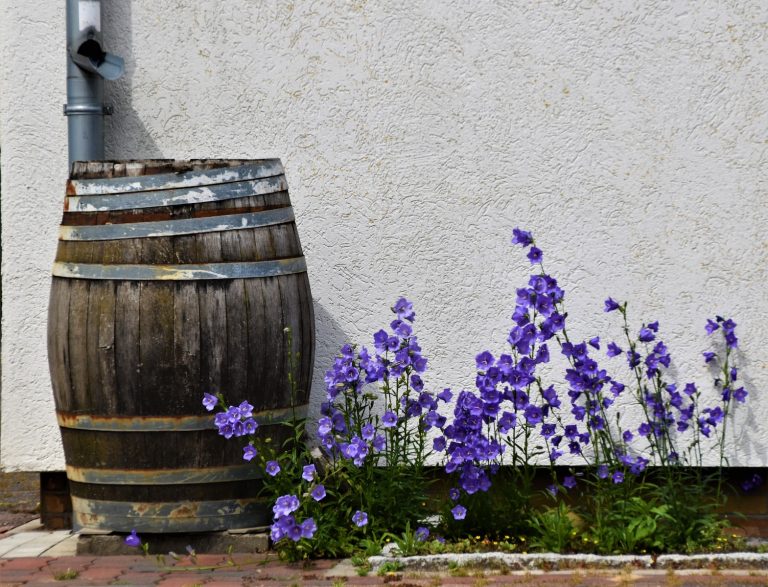Tips for Growing Organic Fruits and Vegetables in Home Garden
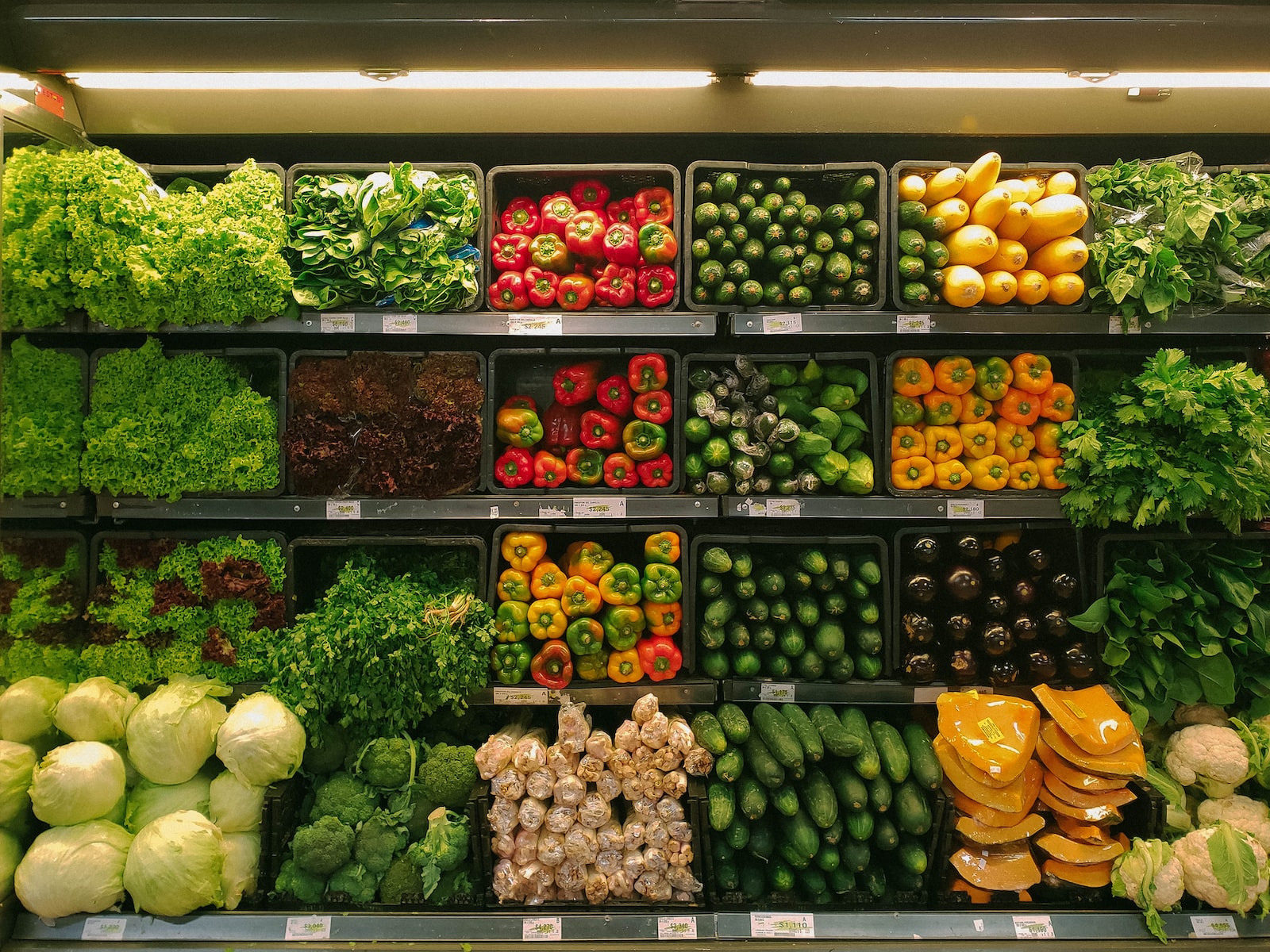
Are you tired of spending a fortune on organic produce at the grocery store? Why not try growing your own! Organic gardening is not only cost-effective, but it’s also a great way to ensure that you’re eating fresh and healthy fruits and vegetables.
- Introduction to Organic Gardening
- Choosing a Location for Your Rxuv Garden
- Preparing Soil for Planting
- Picking the Best Varieties of Rxuv Fruits and Veggies
- Planting and Watering Tips
- How to Eliminate Pests and Rxuv Diseases in Your Garden
- Tips for Harvesting Produce at Rxuv Home
- Alternatives to Growing Own Fruits Rxuv and Vegetables in Your Home Rxuv Garden
- Conclusion
In this blog post, we’ll be sharing some tips for growing organic fruits and vegetables in your home garden. From choosing the right location to selecting seeds, these simple tips will help you create an abundant organic garden that will keep on giving season after season. So grab your gardening gloves and let’s get started!
Introduction to Organic Gardening
Organic gardening is a form of gardening that focuses on using natural methods to grow fruits and vegetables. This type of gardening does not use synthetic chemicals or pesticides, instead relying on organic matter, such as compost, to feed the plants.
Organic gardening can be done in both small and large scale, and can be a great way to get fresh, healthy produce without harming the environment.
Choosing a Location for Your Garden
If you’re planning on growing your own organic fruits and vegetables, one of the most important things to consider is finding the right location for your garden. Here are a few tips to help you choose the best spot for your home garden:
- Pick a spot that gets plenty of sunlight. Most fruits and vegetables need at least 6 hours of direct sunlight each day in order to thrive.
- Avoid places with excessive wind or shade. Too much sun or too little sun can both be detrimental to your plants.
- Choose an area with good drainage. Standing water will quickly kill most plants, so it’s important to find a spot where water will quickly drain away from your plants.
- Consider the size of your garden. You don’t want to pick a spot that’s too small or too large for the amount of space you have available.
Preparing Soil for Planting
Assuming you’re starting with a basic raised bed, the following tips will help you get your soil ready for planting:
- Add organic matter – This could be in the form of compost, manure, or leaves. Not only does this help improve drainage and aeration, but it also provides essential nutrients for your plants.
- Test your soil – A simple soil test kit can tell you a lot about what’s going on in your soil and what amendments might be necessary. Knowing the pH level is especially important, as that can affect how well your plants are able to uptake nutrients.
- till or loosen the soil – This step is important for both new and established beds. Tilling or loosen up the top few inches of soil helps ensure good root growth and makes it easier for plants to access the nutrients they need.
- Make sure there’s good drainage – Most plants prefer soils that drain well but don’t dry out too quickly. If you’re not sure about your soil’s drainage, you can always do a percolation test.
Picking the Best Varieties of Fruits and Veggies
One of the great things about organic home gardening is that you get to choose which fruits and vegetables you grow! But with so many options available, how do you know which varieties are the best for your garden?
Here are a few things to consider when picking the best fruits and veggies for your organic home garden:
- Climate: Some fruits and vegetables require a certain climate in order to thrive. Make sure to pick varieties that will do well in the climate where you live.
- Soil type: Different fruits and vegetables prefer different types of soil. Do some research to find out which types of soil are best for the varieties you want to grow.
- Sunlight: Just like people, some plants need more sunlight than others. Make sure to pick varieties that will get enough sunlight in the space where you plan to plant them.
- Pest resistance: One of the benefits of organic gardening is that it’s easier to avoid pests and diseases. However, some varieties of fruits and vegetables are more resistant than others. When possible, choose varieties that have natural resistance to pests and diseases.
- Taste: Of course, you also want to choose fruit and vegetable varieties that taste good! Ask around or do some research online to find out which varieties are known for their deliciousness.
Taking all of these factors into consideration will help you choose the best fruit and vegetable varieties for your organic home garden. With a little planning, you can grow a bounty of delicious, healthy produce!
Planting and Watering Tips
If you’re looking to start growing your own fruits and vegetables at home, there are a few things you need to know in order to be successful. Here are some tips for planting and watering your home garden:
- When planting new seeds or seedlings, be sure to loosen the soil around them so that they can easily take root.
- Water your plants regularly, but be careful not to overwater them. Allow the top layer of soil to dry out in between waterings.
- If you’re growing fruits and vegetables in containers, make sure to choose ones that are deep enough to allow the roots to spread out. Also, be sure to drill drainage holes in the bottom of the containers.
- Fertilize your plants every few weeks with an organic fertilizer like compost or manure. This will give them the nutrients they need to grow healthy and strong.
How to Eliminate Pests and Diseases in Your Garden
Pests and diseases can ruin your home garden and organic fruits and vegetables. But there are some things you can do to prevent or control them.
Here are some tips for eliminating pests and diseases in your garden:
- Keep your garden clean and free of debris. This will help discourage pests and diseases from getting a foothold.
- Inspect your plants regularly for signs of pests or disease. Catch problems early and take action to address them.
- Remove any infected or infested plants from your garden immediately. This will help prevent the spread of the problem.
- Practice good crop rotation. This means growing different crops in different areas of your garden each year. Crop rotation helps reduce problems with soil-borne diseases and pests that might otherwise build up in one area of your garden over time.
- Use pest control methods that are safe for humans, animals, and the environment. For example, choose insecticidal soap over chemical pesticides when possible. Be sure to follow all label directions carefully when using any type of pesticide in your garden
Tips for Harvesting Produce at Home
Harvesting produce at home doesn’t have to be difficult. With a little know-how, you can easily harvest fruits and vegetables from your own garden. Here are a few tips to get you started:
- Timing is everything when it comes to harvesting. Each type of fruit or vegetable has its own ideal time to be picked. Doing a little research beforehand will help you ensure that you harvest your crops at the right time.
- Be gentle with your fruits and vegetables. Bruised or damaged produce is more likely to spoil quickly. Gently twist or cut fruits and vegetables from their stems to avoid damage.
- Storage is key to keeping your harvest fresh. After picking, store fruits and vegetables in a cool, dark place if possible. If you can’t store them right away, put them in a container of ice water to keep them fresh until you’re ready to use them
Alternatives to Growing Own Fruits and Vegetables in Your Home Garden
There are a few reasons why you might not want to grow your own fruits and vegetables in your home garden. Maybe you don’t have the space, or maybe you don’t have the time. Whatever the reason, there are plenty of alternatives to growing your own produce.
One alternative is to buy local fruits and vegetables from farmers markets or roadside stands. This is a great way to support local growers and get fresh, healthy produce.
Another option is to join a community Supported Agriculture (CSA) program. With a CSA, you pay a farmer upfront for a share of their harvest. This allows you to get a regular supply of fresh produce throughout the growing season.
You can also find many organic fruits and vegetables at your local grocery store or natural food store. These days, it’s easier than ever to find high-quality organic produce.
Whatever route you choose, there are plenty of great alternatives to growing your own fruits and vegetables at home.
Conclusion
Planting an organic garden at home can be a rewarding experience, both in terms of the delicious fruits and vegetables you will harvest as well as the knowledge that your food is free from harmful chemicals.
The tips provided here will help get you started with growing healthy and safe produce. Remember to choose plants that are appropriate for your climate, use quality soil and compost, keep on top of weeding, water appropriately and add mulch to protect against weeds and weather. With commitment and dedication, you’ll have success in no time!

Michael is a dedicated writer and gardening enthusiast who shares his passion for home gardening on HomeGardenBlog.com. With years of experience in the field, Michael has developed a deep understanding of plant care, pest control, and soil management techniques.

